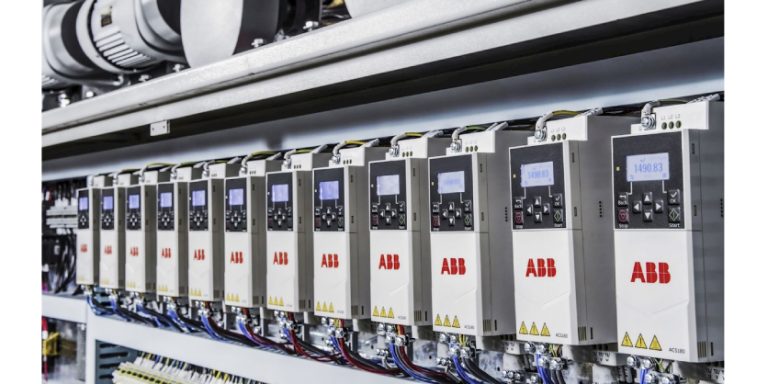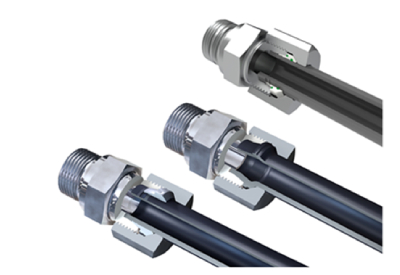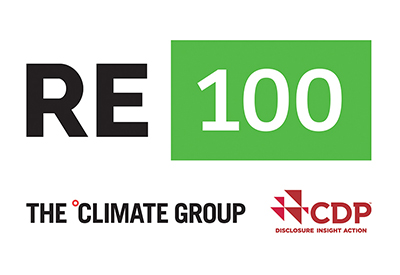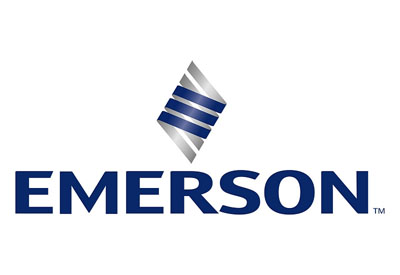The IEC Has Published the First Global Standard to Classify Energy Efficiency for High Voltage Induction Motors
March 11, 2024
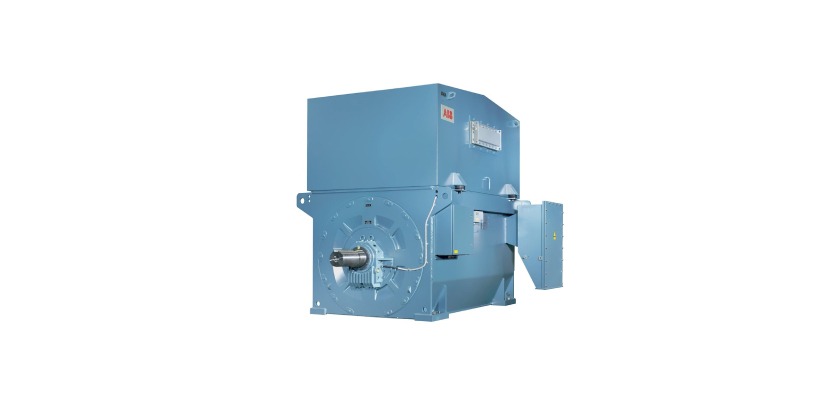
The International Electrotechnical Commission (IEC) has published the first global standard to classify energy efficiency for high voltage (HV) AC induction motors operating on-line at up to 2000 kilowatt (kW). In common with the existing standard for low voltage (LV) motors, the new IEC/EN 60034-30-3 defines four efficiency classes ranging from IE1 (the lowest) to IE4 (the highest).
Raimo Sakki, Product Manager, Renewable Generators, ABB, says: “The important thing to remember is that this standard does not require our customers to specify motors with a certain level of efficiency. This falls under the relevant regional legislation. However, in the next few years, we expect the EU will introduce minimum efficiency requirements for HV motors. This follows on from the EU Minimum Energy Performance Standards (MEPS)/ Ecodesign regulation that was updated in July 2023, making IE4 mandatory for 75 to 200kW LV motors, while IE3 is required up to 1000kW motors.”
At ABB, they already have a well-established long-term commitment to helping our customers optimize the energy efficiency of their motors, the introduction of IEC/EN 60034-30-3, means that well over 95% of the relevant HV motors they supplied in 2023 already complied with the highest class of IE4.
Their commitment to energy efficiency is also reflected in their decision to introduce a Top Industrial Efficiency (TIE) option for the products and systems where they perceive the prevailing efficiency standard is lagging – namely motors larger than 2000 kW. Their initial focus for the TIE option is on synchronous motors and generators above 10 megawatts (MW).
What ABB motors are covered by the new standard?
The standard applies to induction motors having a rated voltage of over 1000 VAC and designed for operation with a direct on-line supply (ie without a variable speed drive), and with a rated output from 200 to 2000 kW.
This includes: ABB’s rib-cooled induction motors with frame sizes 315-560 and ABB’s Modular Induction motors up to frame sizes 400-500 (however they also provide frame sizes up to 1000).
How is the IE class indicated on the motor?
The IE code and the rated efficiency value of the motor will be marked on the rating plate, such as IE4 95.6%. The same information is also shown on the motor’s data sheet.
How is ABB applying the new standard?
All their rib-cooled motors, and almost all their modular fulfill these IE4 requirements. The remaining motors can be optimized to comply with the requirements.
How can I find out more information about the new standard?
The aim of this article is to provide an overview of the new standard. Further information will be made available through ABB webinars and technical notes in due course.
More Information
For any questions, please contact ABB using the “contact us” form here: https://new.abb.com/contact/form#cid_path=9AAC133417
Related Story
ABB Energy Appraisals of Industrial Electric Motors Reveal Potential 2.1 Twh Lifetime Savings
From June to September 2023, ABB analyzed more than 2,000 industrial electric motors under its Energy Appraisal service and has identified an average energy saving of 31 percent. That equates to more than 2.1 terawatt-hours (TWh) of potential energy savings across the 20-year lifetime of these systems. Energy appraisals enable industrial businesses to pinpoint exactly where their biggest energy savings lie across fleets of motor-driven systems.


